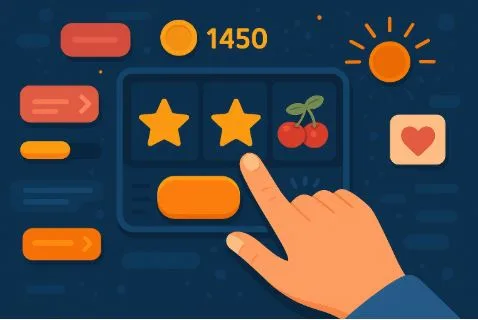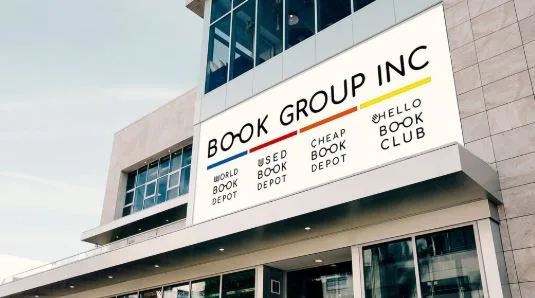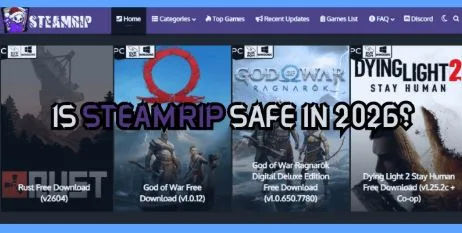Revolutionizing Sleep Apnea Treatment: The Non-Invasive eXciteOSA® Device and Insights from Akhil Tripathi
A good night’s rest is essential for your overall health and well-being. Millions of people around the world are unable to get that restful sleep because of sleep apnea. However, today’s technology is making it easier to breathe easier at night, and, in turn, live healthier during the day.
The breakthrough non-invasive sleep apnea device eXciteOSA® offers a highly effective mask-less, non-surgical option that helps reduce symptoms of this serious sleep condition.Finally, a daytime sleep apnea therapy solution!
In this post, we will discuss the latest advancements in at-home sleep apnea devices, including eXciteOSA®, and what the sleep therapy expert Akhil Tripathi has to say about the future of sleep apnea treatment.
Before we dive into our conversation with Tripathi, let’s discuss what sleep apnea is, how non-invasive sleep apnea devices work and what makes eXciteOSA a leader in the sleep apnea market.
- The common sleep condition sleep apnea causes breathing to repeatedly stop and start during sleep. Snoring, daytime fatigue and morning headaches are common symptoms.
- Sleep apnea can have a major negative impact on your health and quality of life, increasing the risk of high blood pressure, heart disease, stroke, diabetes and more.
- The most common type of sleep apnea is known as obstructive sleep apnea (OSA). OSA occurs when throat muscles relax too much during sleep, causing a blockage in the airway.
- Non-invasive sleep apnea devices are an at-home solution for those looking for a convenient, comfortable treatment option that doesn’t involve surgery or a mask. They work by using techniques such as neuromuscular stimulation to improve airway patency during sleep.
In recent years, there has been a major advancement in sleep apnea therapy devices: non-invasive sleep apnea devices. Unlike CPAP machines, which require you to wear a mask over your nose and mouth while you sleep, these new devices are a far more comfortable and less intrusive way to treat the condition.
Traditionally, there have been two primary ways to address this serious sleeping disorder: continuous positive airway pressure (CPAP) devices and surgery. Although effective, CPAP machines, which require you to wear a mask over your nose and mouth while you sleep, are difficult to wear. As a result, only about 20 percent of those prescribed one regularly use it. Invasive surgeries like uvulopalatopharyngoplasty, on the other hand, are expensive and have the risk of post-operative complications. So there’s a real need in the market for solutions that help with sleep apnea at home that are non-surgical and non-invasive.
Sleep Apnea Device Expert Akhil Tripathi: Everything You Need to Know
If you or a loved one is struggling with the symptoms of sleep apnea, it can be frustrating to sift through the different treatment options to find the best one. In this article, we will be speaking to sleep apnea device expert Akhil Tripathi, who will give us a rundown on the future of sleep apnea treatments.
He is the leading researcher and scientist at eXciteOSA and is on the forefront of developing cutting-edge technologies that help people suffering from OSA. Akhil Tripathi and the team at eXciteOSA have made important contributions to science by discovering and validating several different technologies which treat OSA. Some of these are focused on neuromuscular stimulations and will be discussed in the rest of the article.
In recent years, sleep apnea has become a highly researched field of science. The number of innovative and effective products available to consumers seeking to improve their sleep has significantly increased. Akhil Tripathi believes that there are many new products coming out in the next 12 months that will transform the industry. Treatments that are non-invasive and comfortable enough for long-term wear are the wave of the future, according to the sleep apnea device expert.
Our Interview With the Sleep Apnea Device Expert
Jack: Can you share a little about yourself and your background in the sleep apnea space?
Akhil: After completing my master’s degree and Ph.D. in Biology, I’ve had a longstanding interest in neurophysiology. My Ph.D. work was focused on identifying neuromuscular systems that have potential as targets for therapeutic neuromuscular stimulation, and these findings were published in the Journal of Applied Physiology and Medicine & Science in Sports & Exercise. I also have experience in the eXciteOSA home sleep apnea tests program, which are portable sleep studies designed for use at home.
Jack: How did you get started in sleep research and where are you with that work now?
Akhil: I have been fortunate to be a part of the team behind eXciteOSA from its early days. Since then, we have had some success and have received several regulatory approvals for some of our products. We continue to do a lot of research and development in this space.
Jack: In your opinion, what are some of the most significant breakthroughs in sleep therapy in recent years?
Akhil: The eXciteOSA device, which is a non-invasive, oral appliance that helps reduce OSA symptoms, has been a game changer in the sleep therapy space in recent years. In addition to this, there have been some important advancements in sleep studies, which are home sleep tests that can be done without the need for a patient to visit a sleep lab. These tests have been FDA cleared, which means they are of high quality and meet regulatory standards.
Jack: What excites you the most about the future of sleep apnea treatment?
Akhil: I’m most excited about how treatments are getting smaller and more comfortable every year. As the technology becomes more sophisticated, we’re starting to see a lot of advancements in products that are less intrusive and can be worn all the time without a person having to go to a sleep clinic.
Jack: What should consumers know about non-invasive sleep apnea devices before making a decision to purchase one?
Akhil: There are many different types of non-invasive OSA devices. It is important for consumers to do their research and find a product that has been tested and shown to be effective. When choosing a device, it is also important to consider whether it is covered by insurance or not.
Jack: In your opinion, what is the most important question that consumers should ask when shopping for a sleep apnea device?
Akhil: One of the most important questions is: Is this a product that has been shown to be effective in clinical studies? If so, what was the size of the study? A larger study is always more reliable than a smaller one. Another important question is: How many patients have used this device and for how long? The longer a patient has used a product, the more confident they can be that it works.
Jack: What are some of the challenges facing the development of new sleep apnea devices?
Akhil: Some of the challenges in developing new sleep apnea devices include:
- Identifying a large enough market to make the product a viable business.
- Coming up with an effective way to measure the effectiveness of the device.
- Developing a product that is comfortable and easy to use.
Jack: Are there any common misconceptions about sleep apnea treatment that you would like to address?
Akhil: One of the most common misconceptions is that all treatments are the same. There are many different types of treatments available and some work better than others. It is important for patients to do their research and find a product that is right for them.
Jack: What is the most important thing you want consumers to take away from this interview?
Akhil: When it comes to choosing a sleep apnea device, it is important to do your research and make sure the product you choose is effective. If you are not sure about the device you are interested in, it is always a good idea to ask your doctor or a sleep specialist for advice.
How the Non-Invasive Sleep Apnea Device eXciteOSA® Works
The non-invasive sleep apnea device eXciteOSA® is an oral appliance that helps reduce OSA symptoms. It works by stimulating the nerves that control the muscles in the tongue and palate, helping to keep the airway open during sleep. The device is comfortable to wear and can be used during the day as well as at night. It is also FDA cleared, so you know it has been tested for safety and effectiveness.
The device is easy to use and only needs to be worn for a few hours a day. It can be used while sleeping, at work, or even while watching TV. The eXciteOSA is also portable, so it can be taken with you on the go.
The eXciteOSA device has been tested in several clinical studies and has been shown to be safe and effective for treating OSA symptoms. If you’re looking for an at-home sleep apnea device that is comfortable to wear, portable, and effective, the eXciteOSA may be right for you. To learn more about the eXciteOSA non-invasive sleep apnea device, click here.
Akhil Tripathi is the leading researcher and scientist at eXciteOSA and is at the forefront of developing cutting-edge technologies that help people suffering from OSA. Akhil Tripathi and the team at eXciteOSA have made important contributions to science by discovering and validating several different technologies that treat OSA.




